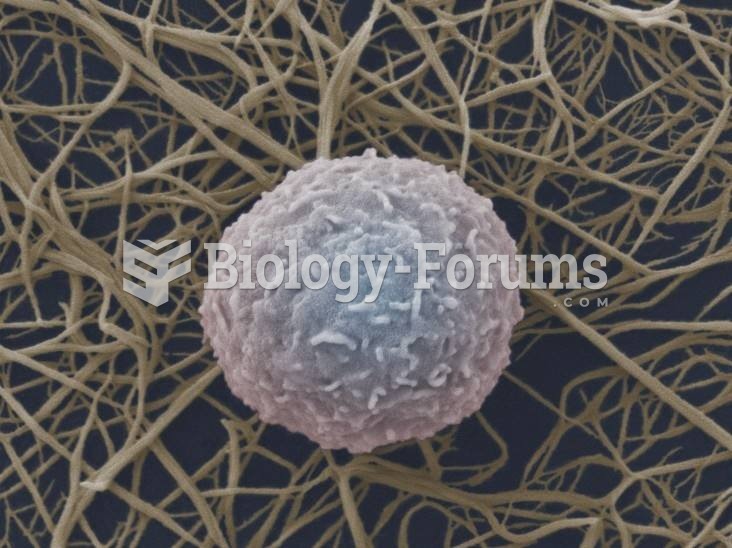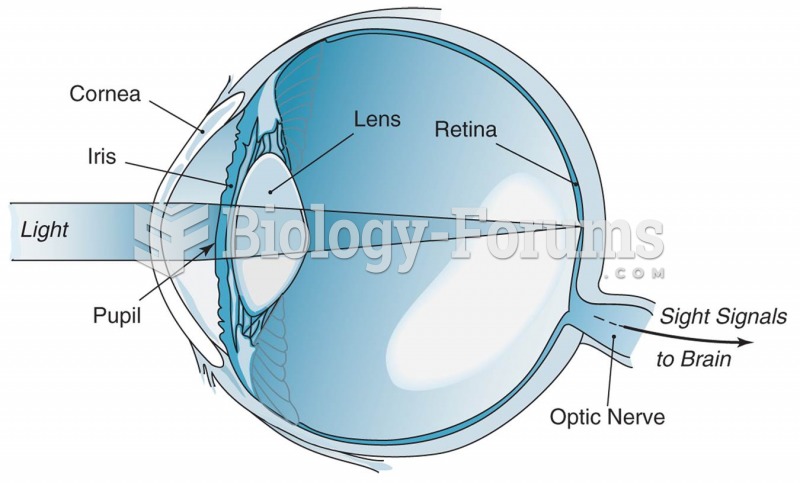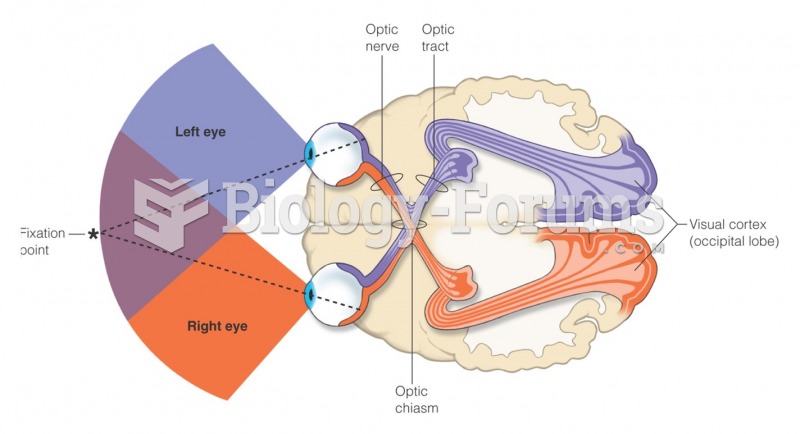Answer to Question 1
The cerebral cortex forms the outer layer of the two halves of the brainthe left and right cerebral hemispheres. Although the two hemispheres appear to be similar, they function differently. The left cerebral hemisphere is specialized for some kinds of activity, whereas the right cerebral hemisphere is specialized for other kinds. For example, receptors in the skin on the right side of the body generally send information through the medulla to areas in the left hemisphere in the brain. The receptors on the left side generally transmit information to the right hemisphere. Similarly, the left hemisphere of the brain directs the motor responses on the right side of the body. The right hemisphere directs responses on the left side of the body. Not all information transmission is contralateralfrom one side to another. Some ipsilateral transmissionon the same side occurs as well. For example, odor information from the right nostril goes primarily to the right side of the brain. About half the information from the right eye goes to the right side of the brain; the other half goes to the left side of the brain. In addition to this general tendency for contralateral specialization, the hemispheres also communicate directly with one another. The corpus callosum is a dense aggregate of neural fibers connecting the two cerebral hemispheres. It transmits information back and forth. Once information has reached one hemisphere, the corpus callosum transfers it to the other hemisphere. If the corpus callosum is cut, the two cerebral hemispheres cannot communicate with each other. Although some functioning, such as language, is highly lateralized, most functioningeven languagedepends in large part on integration of the two hemispheres of the brain.
Answer to Question 2
The most profound effects of poverty are in kindergarteners are in the language and executive function systems. In first graders and in middle school students, there were striking SES disparities in language and executive function, as well as in declarative memory.
Language ability in middle school was predicted by the amount of cognitive stimulation they experienced as 4-year-oldsbeing read to, being taken on trips, and so on. In contrast, declarative memory ability in middle school was predicted by the quality of parental nurturance received as young childrenbeing held close, being paid attention to, and so on. The latter finding might seem an odd association. Why would affectionate parenting have anything to do with memory? Yet research with animals shows that when a young animal is stressed the resulting stress hormones can damage the hippocampus, a brain area important for both stress regulation and memory. This research has also shown that more nurturing maternal behavior can buffer the young animal's hippocampus against the effects of stress. This is consistent with the hypothesis that the stressful environment of poverty affects hippocampal development, with additional help or hindrance from parenting. These findings suggest that reducing poverty and providing needed supports to the parents of infants and young children may have far-reaching impacts on their ability to function in and contribute to society.







